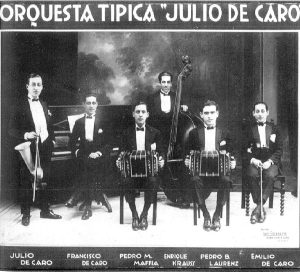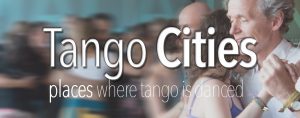‘Compression’ means that you’re either pulling your partner into you and/or at the same time restricting their movements in a myriad of ways (hand, arm, head). As a Lead this typically manifests itself with your right forearm. As a Follower compression is typically done with your left forearm around your lead’s shoulder (tsk, tsk, tsk, it should not be there).
You don’t want to do either, in either role, ever.
Compression makes the dance unpalatable. Unfortunately, you don’t realize this. You can’t see it and you have no idea what this means. Until you watch this video. And even watching the video will only give you the barest hint of what is actually going on. But it’s a start. You’re going to need a teacher to fine-tune your awareness of compression and pressure. To be clear, not all teachers have this idea in their heads. A good portion of them use tension, resistance, and force as a way of moving and/or forcing movement out of their dancing partners.
To be fair there is a form ‘desirable’ compression that we do want to invoke. However, that form actually requires you to do something else first, stop squeezing the living daylights out of your partners! Which is to say that in order to learn desirable form, you must remove all the undesirable stuff first!
(See Also > Compression in the Tango Topics Dictionary)











